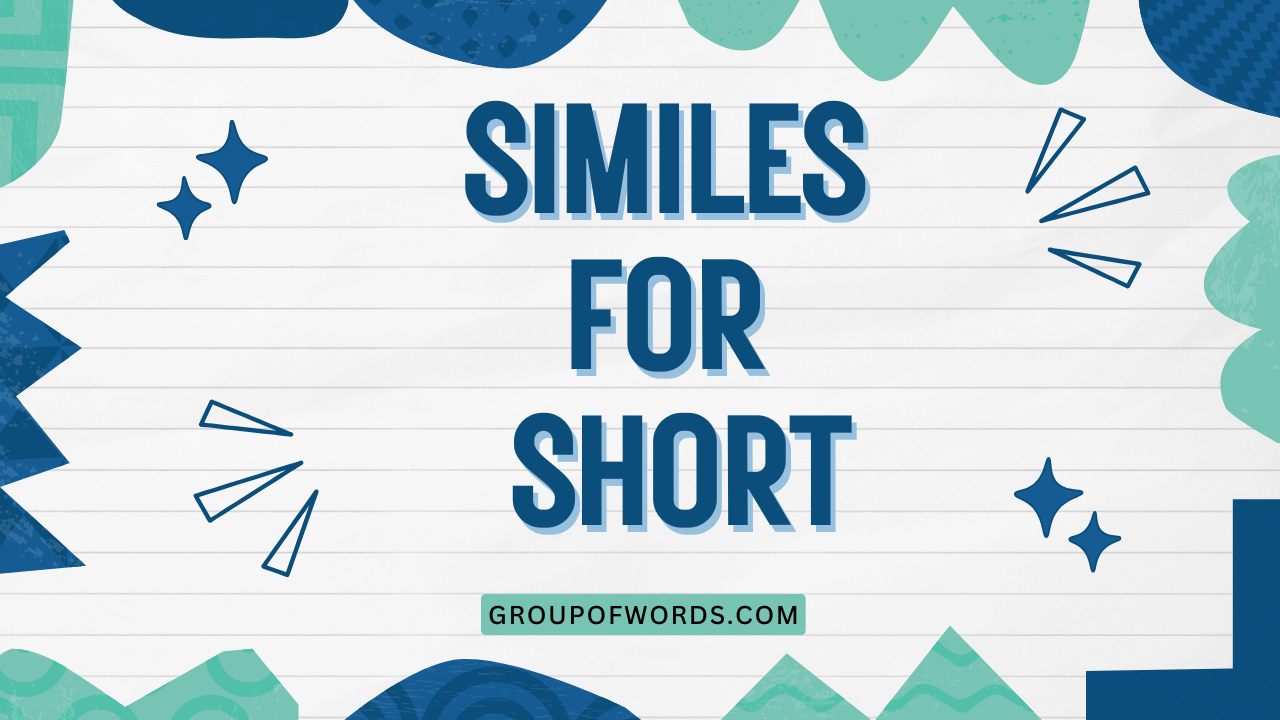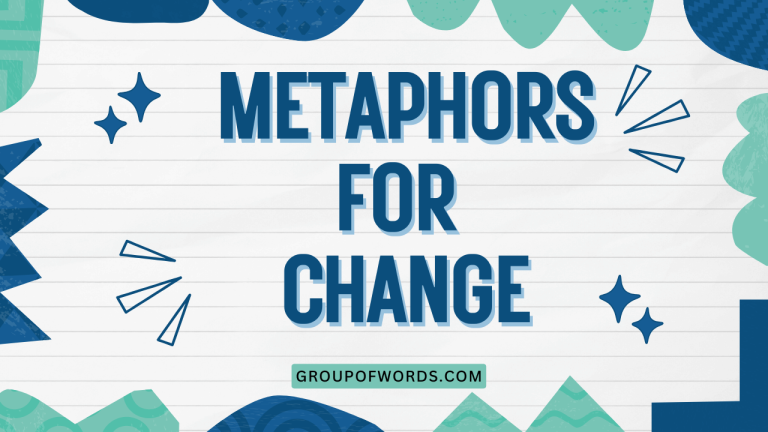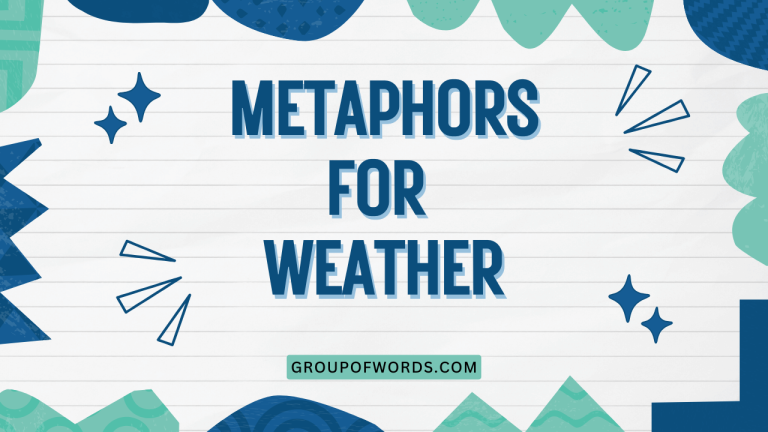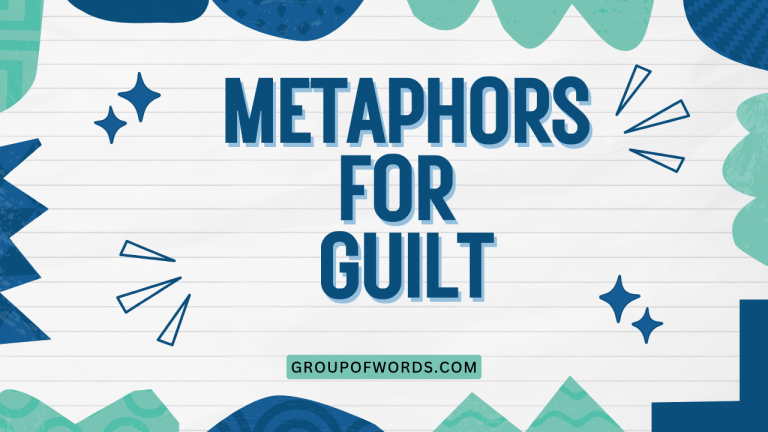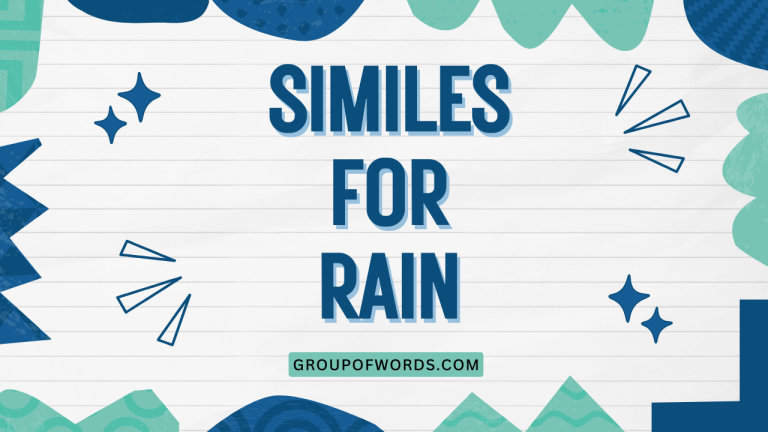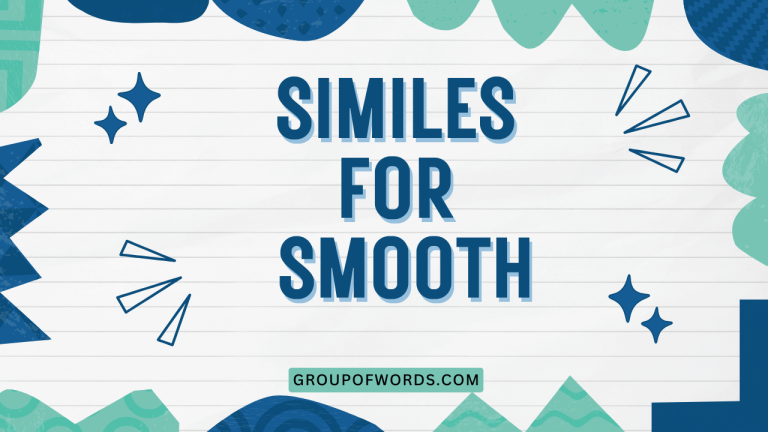Short and Sweet: Mastering Similes for Brevity
Similes are powerful tools in the English language, allowing us to create vivid comparisons that enhance our writing and speech. But what happens when we want to convey the idea of being “short” or “brief” in a more imaginative way?
This article delves into the world of similes for “short,” exploring various options to add color and depth to your expressions. Understanding these similes will not only improve your vocabulary but also allow you to communicate more effectively and creatively.
This guide is perfect for students, writers, and anyone looking to enrich their command of the English language.
Whether you’re crafting a concise email, describing a fleeting moment, or simply aiming for more impactful communication, mastering similes for “short” will prove invaluable. Let’s embark on this journey to discover the art of brevity through the lens of figurative language.
Table of Contents
- Introduction
- Definition of Simile
- Structural Breakdown of Similes
- Types of Similes
- Examples of Similes for “Short”
- Usage Rules for Similes
- Common Mistakes with Similes
- Practice Exercises
- Advanced Topics in Similes
- Frequently Asked Questions
- Conclusion
Definition of Simile
A simile is a figure of speech that compares two unlike things using the words “like” or “as.” Its purpose is to create a more vivid and imaginative description by highlighting the similarities between these seemingly different entities. Similes fall under the broader category of figurative language, which includes metaphors, personification, and hyperbole.
They serve to enhance understanding and engagement by appealing to the reader’s senses and imagination.
Unlike metaphors, which directly equate two things (e.g., “He is a lion”), similes make an explicit comparison (e.g., “He is brave as a lion”). This distinction is crucial in understanding how similes function to create a specific effect.
Classification of Similes
Similes can be classified based on the type of comparison they make. Some common classifications include:
- Descriptive Similes: These focus on physical attributes (e.g., “as short as a blade of grass”).
- Emotional Similes: These convey feelings or states of mind (e.g., “as brief as a sigh”).
- Abstract Similes: These compare abstract concepts (e.g., “as concise as a mathematical proof”).
Function of Similes
Similes serve several important functions in writing and speech:
- Enhance Description: They add detail and imagery to descriptions, making them more engaging.
- Clarify Meaning: They can simplify complex ideas by relating them to something familiar.
- Evoke Emotion: They can create a specific mood or feeling in the reader or listener.
- Add Style: They contribute to the overall tone and style of a piece of writing.
Contexts for Using Similes
Similes are appropriate in a wide range of contexts, including:
- Literature: Novels, poems, and short stories often use similes to enrich the narrative.
- Speeches: Similes can make speeches more memorable and persuasive.
- Everyday Conversation: They can add color and expressiveness to casual communication.
- Advertising: Similes are used to make products more appealing and relatable.
Structural Breakdown of Similes
A simile typically consists of three main components: the subject being described, the word “like” or “as,” and the object or concept to which the subject is being compared. Understanding this structure is essential for crafting effective similes.
The basic formula for a simile is: Subject + “like” or “as” + Object of Comparison.
Let’s break this down further:
- Subject: This is the thing you are describing. It could be a person, place, object, or idea.
- “Like” or “As”: These are the words that signal a comparison. “Like” is a preposition or conjunction, while “as” is a conjunction.
- Object of Comparison: This is the thing to which you are comparing the subject. It should share a quality or characteristic with the subject.
For example, in the simile “His temper was as short as a fuse,” the subject is “His temper,” the word “as” is used for comparison, and the object of comparison is “a fuse.” This structure highlights the quick and explosive nature of his temper.
The order can sometimes be varied for stylistic effect, but the core components remain the same. For instance, “As quick as a flash, the meeting was over” still compares the meeting’s brevity to a flash, even with the altered sentence structure.
Types of Similes
While all similes share the basic structure of comparing two things using “like” or “as,” they can be further categorized based on the quality or characteristic being emphasized. Understanding these different types can help you choose the most effective simile for your purpose.
Descriptive Similes
Descriptive similes focus on physical attributes, such as size, shape, color, or texture. When describing something as “short,” you might use a descriptive simile to compare its length or height to something else that is known for its shortness.
Example: “The line was as short as a single hair.” This simile emphasizes the extreme brevity of the line.
Temporal Similes
Temporal similes relate to time. They describe something as being short in duration or fleeting in nature.
These similes are particularly useful when discussing events, experiences, or periods of time.
Example: “Her visit was as short as a hummingbird’s hover.” This simile conveys the idea that her visit was extremely brief and transient.
Abstract Similes
Abstract similes compare abstract concepts or ideas. They are often used to clarify complex or intangible notions by relating them to something more concrete.
When describing something as “short” in an abstract sense, you might use a simile to compare its conciseness or lack of detail to something else that is known for its brevity.
Example: “The explanation was as short as a tweet.” This simile implies that the explanation was very concise and to the point, similar to the limited character count of a tweet.
Examples of Similes for “Short”
Here are numerous examples of similes that convey the idea of being “short,” categorized by different aspects such as time, size, and content. These examples will illustrate the versatility of similes and their ability to add depth and color to your writing.
Similes for Brief Time
These similes focus on the brevity of time, emphasizing how quickly something passes.
The following table provides examples of similes for communicating brief time.
| Simile | Explanation |
|---|---|
| As short as a hiccup | Emphasizes the sudden and fleeting nature of something. |
| As brief as a shooting star | Highlights the rare and quick appearance of something. |
| As quick as a flash of lightning | Emphasizes the speed and suddenness of an event. |
| As fleeting as a dream | Conveys the ephemeral and transient quality of an experience. |
| As momentary as a heartbeat | Emphasizes the extremely short duration of something. |
| As brief as a sigh | Highlights the soft and quick nature of a sigh. |
| As short as a commercial break | Implies a brief interruption or pause. |
| As quick as a blink of an eye | Emphasizes the almost imperceptible duration of something. |
| As short as a coffee break | Suggests a brief respite or pause in activity. |
| As fleeting as morning dew | Captures the ephemeral and transient quality of something. |
| As brief as a butterfly’s lifespan | Highlights the limited duration of something’s existence. |
| As quick as a hummingbird’s wingbeat | Emphasizes the rapid and fleeting nature of something. |
| As momentary as a shooting pain | Conveys the sudden and transient nature of an experience. |
| As brief as a summer shower | Implies a quick and refreshing burst that doesn’t last long. |
| As short as a mayfly’s life | Highlights the extremely brief existence of something. |
| As quick as a thought | Emphasizes the rapid and almost instantaneous nature of something. |
| As fleeting as a shadow | Conveys the ephemeral and transient quality of something. |
| As brief as a spark | Highlights the sudden and short-lived nature of something. |
| As short as a vacation | Implies a limited period of time that passes quickly. |
| As quick as a glance | Emphasizes the brief and almost imperceptible duration of something. |
| As fleeting as a memory | Captures the ephemeral and transient quality of something. |
| As brief as a phone call | Suggests a short communication or interaction. |
| As short as a recess | Implies a brief interruption or break in an activity. |
| As quick as a download | Emphasizes the rapid and almost instantaneous nature of something. |
| As fleeting as a cloud | Conveys the ephemeral and transient quality of something. |
| As brief as a news headline | Highlights the conciseness and brevity of information. |
| As short as a pop song | Implies a limited duration and catchy nature. |
Similes for Small Size
These similes focus on the diminutive size of something, emphasizing its smallness.
The following table provides examples of similes for communicating small size.
| Simile | Explanation |
|---|---|
| As short as a blade of grass | Emphasizes the small height of something. |
| As small as an ant | Highlights the diminutive size of something. |
| As tiny as a grain of sand | Emphasizes the minute size of something. |
| As short as a stubble | Conveys the minimal length of something. |
| As little as a speck of dust | Highlights the extremely small size of something. |
| As short as a button | Implies a small and compact size. |
| As small as a pea | Emphasizes the diminutive size of something, often round. |
| As tiny as a seed | Highlights the minute size of something, often with potential for growth. |
| As short as a fingernail | Conveys the minimal length of something, typically referring to clipped nails. |
| As little as a drop of water | Highlights the extremely small quantity of something. |
| As short as a sentence | Implies a concise and brief statement. |
| As small as a period at the end of a sentence | Emphasizes the minute size of something. |
| As tiny as a mite | Highlights the extremely small size of something, often microscopic. |
| As short as a verse | Conveys a concise and brief segment of poetry or song. |
| As little as a crumb | Highlights the extremely small portion of something. |
| As short as a twig | Implies a small and often brittle size. |
| As small as a pinhead | Emphasizes the minute size of something. |
| As tiny as a microorganism | Highlights the extremely small size of something, often invisible to the naked eye. |
| As short as a chapter | Conveys a concise and manageable segment of a book. |
| As little as a sprinkle | Highlights the extremely small quantity of something, often referring to rain or seasoning. |
| As short as a sketch | Implies a brief and incomplete depiction. |
| As small as a widget | Emphasizes the diminutive size of something, often referring to a user interface element. |
| As tiny as a nano-particle | Highlights the extremely small size of something, at the nanoscale level. |
| As short as a headline | Conveys a concise and attention-grabbing summary. |
| As little as a jot | Highlights the extremely small amount of something. |
| As short as a summary | Implies a brief and condensed version of something. |
Similes for Concise Content
These similes focus on the brevity of content, emphasizing how concise and to-the-point something is.
The following table provides examples of similes for communicating concise content.
| Simile | Explanation |
|---|---|
| As short as a tweet | Emphasizes the limited character count and brevity of something. |
| As concise as a bullet point list | Highlights the succinct and direct nature of something. |
| As brief as an elevator pitch | Conveys the need to be quick and to the point. |
| As short as a summary | Implies a condensed version of something. |
| As to-the-point as an executive summary | Highlights the direct and efficient communication style. |
| As brief as a memo | Suggests a short and formal communication. |
| As concise as a mathematical proof | Emphasizes the logical and efficient structure of something. |
| As short as a haiku | Highlights the structured brevity of a poetic form. |
| As direct as a command | Conveys the clear and unambiguous nature of something. |
| As brief as a soundbite | Highlights the short and memorable nature of something. |
| As concise as a legal definition | Emphasizes the precise and succinct language used in legal contexts. |
| As short as a proverb | Highlights the wisdom conveyed in a few words. |
| As direct as an arrow | Conveys the straight and focused nature of something. |
| As brief as a news flash | Highlights the urgent and concise nature of information. |
| As concise as a technical specification | Emphasizes the detailed and succinct nature of something. |
| As short as a tagline | Highlights the memorable and concise message of a brand. |
| As direct as a laser beam | Conveys the focused and precise nature of something. |
| As brief as a postcard message | Highlights the limited space and concise communication. |
| As concise as a database query | Emphasizes the efficient and targeted retrieval of information. |
| As short as a mission statement | Highlights the concise and aspirational message of an organization. |
| As direct as a compass | Conveys the clear and focused direction of something. |
| As brief as a press release | Highlights the concise and informative nature of announcements. |
| As concise as a code comment | Emphasizes the succinct explanation of code functionality. |
| As short as a slogan | Highlights the catchy and concise message of a campaign. |
| As direct as a straight line | Conveys the simplest and shortest path of something. |
| As brief as a disclaimer | Highlights the necessary and concise legal information. |
| As concise as a rubric | Emphasizes the clear and succinct evaluation criteria. |
Usage Rules for Similes
While similes are a creative tool, there are certain rules to follow to ensure they are used effectively and appropriately. Paying attention to these rules will help you avoid common pitfalls and create similes that are both impactful and meaningful.
- Ensure Clarity: The comparison should be clear and easily understood by the audience. Avoid obscure or overly complex comparisons that may confuse the reader.
- Maintain Relevance: The object of comparison should have a clear and relevant connection to the subject being described. The shared quality or characteristic should be evident.
- Avoid Clichés: Steer clear of overused or predictable similes (e.g., “as blind as a bat”). Aim for originality and fresh perspectives.
- Consider Context: The choice of simile should be appropriate for the tone and style of the writing. A simile that works well in a casual conversation may not be suitable for a formal essay.
- Use Sparingly: While similes can enhance writing, overuse can make it seem forced or artificial. Use them judiciously to maximize their impact.
For example, instead of saying “as short as a day,” which is a common and somewhat vague simile, you could say “as short as a summer night,” which is more evocative and specific.
Exceptions and Special Cases
While the above rules generally apply, there are some exceptions and special cases to consider:
- Purposeful Clichés: In some cases, a cliché can be used intentionally for comedic or ironic effect. However, this should be done with careful consideration and awareness of the potential pitfalls.
- Stylistic Choices: Some writers may choose to break the rules of simile usage for stylistic purposes. This can be effective if done skillfully, but it requires a strong understanding of the rules first.
- Cultural Context: The meaning and impact of a simile can vary depending on the cultural context. Be mindful of potential cultural differences when using similes, especially when writing for a diverse audience.
Common Mistakes with Similes
Even experienced writers can make mistakes when using similes. Being aware of these common errors can help you avoid them and improve the quality of your writing.
Here are some common mistakes to watch out for:
- Using Metaphors Instead of Similes: Confusing similes with metaphors is a frequent error. Remember that similes use “like” or “as” to make a comparison, while metaphors directly equate two things.
- Creating Illogical Comparisons: The comparison should make sense and be based on a shared quality or characteristic. Avoid comparisons that are nonsensical or confusing.
- Overusing Similes: Too many similes can clutter your writing and make it seem unnatural. Use them sparingly and only when they add value.
- Using Clichéd Similes: Clichés can make your writing seem unoriginal and uninspired. Strive for fresh and creative comparisons.
The following table illustrates some common mistakes with similes and provides corrections.
| Incorrect | Correct | Explanation |
|---|---|---|
| He is like a lion (Metaphor used as a simile) | He is as brave as a lion. | Corrects the usage of a metaphor by using “as” to form a proper simile. |
| The meeting was as short as a refrigerator. (Illogical comparison) | The meeting was as short as a coffee break. | Replaces an illogical comparison with one that relates to time. |
| The explanation was as short as a tweet, as concise as a bullet point, and as brief as a memo. (Overuse of similes) | The explanation was as short as a tweet. | Reduces the number of similes to avoid cluttering the sentence. |
| The speech was as short as possible. (Clichéd simile) | The speech was as short as an elevator pitch. | Replaces a clichéd simile with a more original and evocative comparison. |
| The line was small like a house. (Incorrect use of words) | The line was as small as an ant. | Corrects the usage of words to form a proper simile. |
Practice Exercises
Test your understanding of similes for “short” with these practice exercises. Choose the best simile to complete each sentence or identify the error in the given simile.
Exercise 1: Fill in the Blank
Complete the following sentences with an appropriate simile for “short.”
| Question | Answer |
|---|---|
| 1. Her patience was ____________ when dealing with the difficult customer. | as short as a fuse |
| 2. The lecture was ____________, leaving everyone wanting more. | as brief as a summer shower |
| 3. The politician’s response was ____________, avoiding any real commitment. | as short as a tweet |
| 4. The time we had together felt ____________, but it was unforgettable. | as fleeting as a dream |
| 5. The grass in the park was ____________ after the recent mowing. | as short as a stubble |
| 6. The email was ____________, only containing the essential information. | as concise as a bullet point list |
| 7. My attention span today is ____________, I can’t focus on anything for long. | as short as a commercial break |
| 8. The distance to the store is ____________, we can walk there easily. | as short as a fingernail |
| 9. The recipe’s instructions were ____________, making it easy to follow. | as direct as an arrow |
| 10. The break between classes was ____________, barely enough time to grab a snack. | as brief as a sigh |
Exercise 2: Identify the Error
Identify the error (e.g., illogical comparison, cliché, metaphor used as simile) in the following similes and rewrite them correctly.
| Question | Answer |
|---|---|
| 1. The meeting was as short as a book. | Error: Illogical comparison. Correct: The meeting was as short as a coffee break. |
| 2. Her temper is like a firecracker. | Error: Metaphor used as simile. Correct: Her temper is as short as a fuse. |
| 3. The presentation was as short as possible. | Error: Cliché. Correct: The presentation was as short as an elevator pitch. |
| 4. The explanation was as short as a building. | Error: Illogical comparison. Correct: The explanation was as short as a tweet. |
| 5. His patience was like a matchstick. | Error: Metaphor used as simile. Correct: His patience was as short as a matchstick. |
| 6. Her skirt was short like a giraffe. | Error: Incorrect use of words and Illogical comparison. Correct: Her skirt was as short as a fingernail. |
| 7. The moment of silence was as short as the universe. | Error: Illogical comparison. Correct: The moment of silence was as short as a hiccup. |
| 8. The text message was short as a car. | Error: Illogical comparison. Correct: The text message was as short as a tweet. |
| 9. His fuse was brief like a candle. | Error: Incorrect use of words and Metaphor used as simile. Correct: His fuse was as brief as a firework. |
| 10. The game was short like a school. | Error: Illogical comparison. Correct: The game was as short as a commercial break. |
Advanced Topics in Similes
For advanced learners, exploring more complex aspects of similes can further enhance their understanding and usage. This includes examining nuanced comparisons, exploring cultural influences, and analyzing the use of similes in literary works.
Nuanced Comparisons: Effective similes go beyond simple comparisons and capture subtle nuances and complexities. They can evoke multiple layers of meaning and create a more profound impact on the reader.
Cultural Influences: The interpretation and impact of similes can be influenced by cultural context. Understanding these cultural nuances is essential for effective communication, especially when writing for a diverse audience.
Similes in Literature: Analyzing the use of similes in literary works can provide valuable insights into how skilled writers use this tool to create vivid imagery, convey emotion, and enhance the overall impact of their writing.
Extended Similes: These similes extend the comparison over multiple clauses or sentences, creating a more detailed and elaborate image. They can be particularly effective in descriptive writing.
Frequently Asked Questions
Here are some frequently asked questions about similes, particularly those related to the concept of “short.”
- What is the difference between a simile and a metaphor?
A simile explicitly compares two things using “like” or “as,” while a metaphor directly equates them without using these words. For example, “He is as strong as an ox” is a simile, while “He is an ox” is a metaphor.
- How can I avoid using clichéd similes?
To avoid clichés, strive for originality and creativity in your comparisons. Think about unique and unexpected ways to relate the subject to something else. Brainstorm different possibilities and choose the one that is most evocative and meaningful.
- Can a simile be too long or complex?
Yes, a simile can be too long or complex if it becomes confusing or detracts from the main point. Aim for clarity and conciseness in your comparisons. If a simile becomes too elaborate, consider breaking it down into smaller, more manageable parts.
- Are similes appropriate for formal writing?
Similes can be appropriate for formal writing, but they should be used judiciously and with careful consideration of the tone and style. Avoid overly casual or colloquial similes. Choose comparisons that are sophisticated and contribute to the overall message.
- How do I choose the best simile for a particular situation?
Consider the specific quality or characteristic you want to emphasize. Think about the audience and what comparisons would be most relatable and meaningful to them. Experiment with different possibilities and choose the one that is most effective in conveying your intended message.
- Can I use similes in technical writing?
Yes, but with caution. Similes can help explain complex concepts by relating them to something familiar, but they should be used sparingly and with a focus on clarity and precision. Avoid using similes that could be misinterpreted or introduce ambiguity.
- How do I make my similes more vivid?
Use sensory details to make your similes more vivid. Appeal to the reader’s senses of sight, sound, smell, taste, and touch. For example, instead of saying “as short as a moment,” you could say “as short as the scent of a passing flower.”
- What role does context play in understanding similes?
Context is crucial for understanding similes because it provides the necessary background information and helps the reader interpret the comparison correctly. The meaning and impact of a simile can vary depending on the context in which it is used.
Conclusion
Mastering similes for “short” is a valuable skill that can enhance your writing and communication. By understanding the definition, structure, and usage rules of similes, you can create vivid and impactful comparisons that add depth and color to your expressions.
Avoiding common mistakes and practicing regularly will further refine your abilities.
Remember to strive for originality, clarity, and relevance in your similes. By exploring different types of comparisons and considering the context in which they are used, you can unlock the full potential of this powerful tool.
Whether you’re a student, writer, or simply someone who wants to improve their communication skills, mastering similes will help you express yourself more effectively and creatively.
Keep practicing, experimenting, and exploring the world of similes, and you’ll soon find yourself using them with confidence and flair. The art of brevity, when combined with the power of figurative language, can truly make your words shine.
